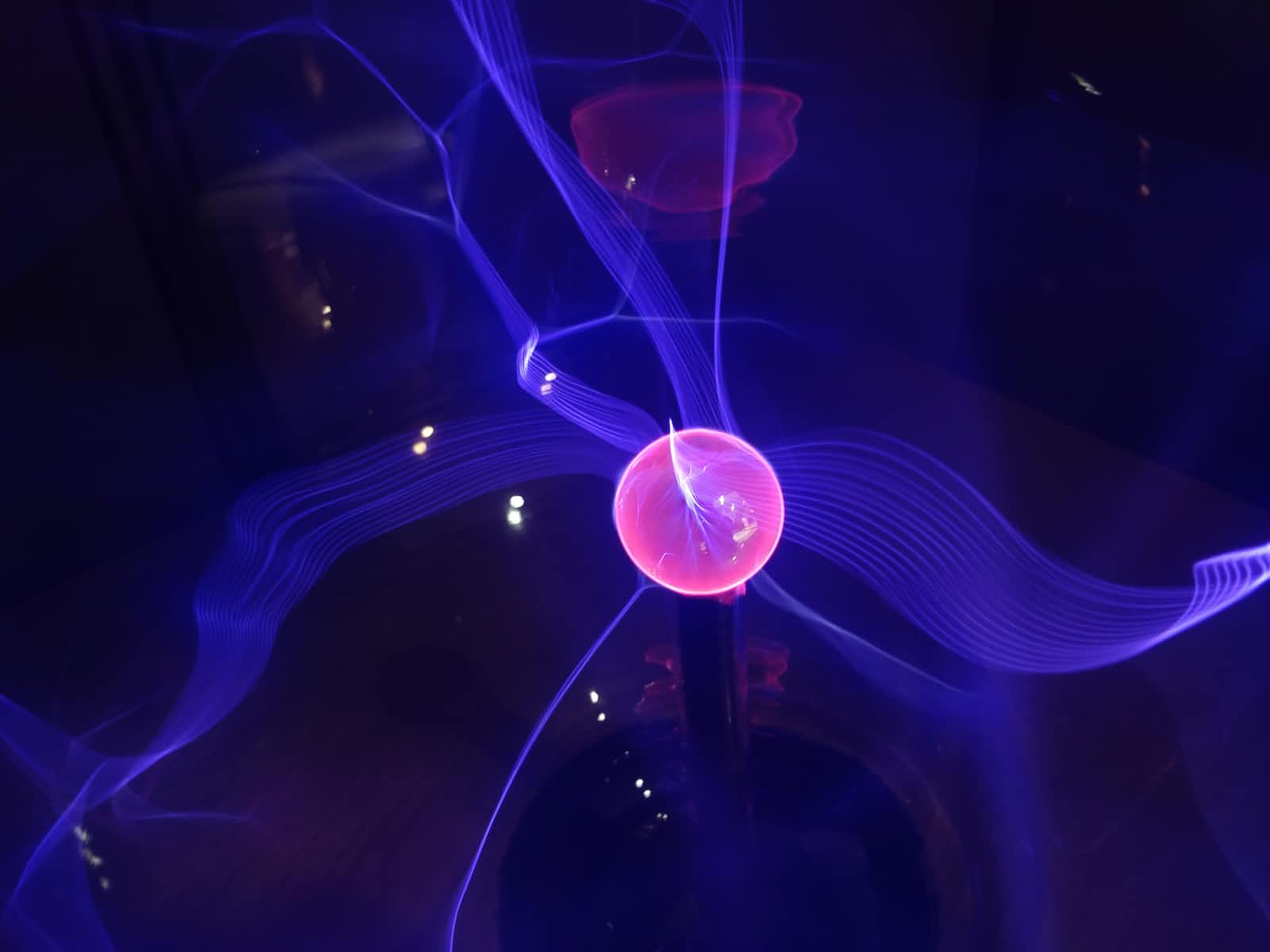Part 9: Use PyTorch and Pennylane to create a classical machine learning program
 Thomas Cherickal
Thomas Cherickal
To create a classical machine learning program using PyTorch and Pennylane, you will need to follow these steps:
Install PyTorch and Pennylane. You can install PyTorch by following the instructions on the PyTorch website (https://pytorch.org/) and you can install Pennylane by using the
pip install pennylanecommand.Import the necessary libraries. In your Python script, you will need to import PyTorch, Pennylane, and any other libraries that you might need for your machine learning program.
Load and prepare your data. You will need to load your data into your Python script, and then preprocess it as needed. This might include splitting the data into training and testing sets, normalizing the data, and so on.
Define your model. In PyTorch, you can define a machine learning model by subclassing the
torch.nn.Moduleclass and defining the__init__andforwardmethods. In Pennylane, you can define a quantum machine learning model by using theqml.qnodedecorator and defining the quantum operations that make up your model.Train your model. Once you have defined your model, you can use PyTorch's
fitmethod (for classical models) or Pennylane'soptimizefunction (for quantum models) to train your model on the training data.Test your model. After training, you can use PyTorch's
evaluatemethod or Pennylane'svariancefunction to test your model on the testing data and measure its performance.Save and load your model. You can use PyTorch's
saveandloadmethods to save and load your trained model, so that you can use it later without having to retrain it.
I hope this helps! Let me know if you have any questions.
source code in Python to create a quantum variational circuit using PyTorch and PennyLane
Here is an example of how you can create a quantum variational circuit using PyTorch and PennyLane:
Copy codeimport pennylane as qml
import torch
# Set the device to use for PennyLane computations
device = qml.device('default.qubit', wires=2)
# Define a quantum node that takes as input two real parameters (theta1 and theta2)
@qml.qnode(device)
def quantum_node(theta1, theta2):
# Apply two rotation gates to the qubits, using theta1 and theta2 as the rotation angles
qml.RY(theta1, wires=0)
qml.RY(theta2, wires=1)
# Return the expectation value of the Pauli Z operator for both qubits
return qml.expval(qml.PauliZ(0)), qml.expval(qml.PauliZ(1))
# Define a PyTorch model that consists of a single quantum node
class QuantumModel(torch.nn.Module):
def __init__(self):
super().__init__()
def forward(self, theta1, theta2):
# Call the quantum node with the input parameters and return the output
return quantum_node(theta1, theta2)
# Create an instance of the quantum model
model = QuantumModel()
# Set the device to use for PyTorch computations
device = torch.device('cpu')
# Move the model to the specified device
model = model.to(device)
# Define a loss function and an optimizer
loss_fn = torch.nn.MSELoss()
optimizer = torch.optim.Adam(model.parameters(), lr=0.1)
# Define some training data (two sets of angles)
inputs = torch.tensor([[0.1, 0.2], [0.3, 0.4]], device=device)
# Define the expected output for the training data
expected_outputs = torch.tensor([[0.9, 0.9], [0.7, 0.7]], device=device)
# Train the model for a few steps
for i in range(5):
# Compute the output of the model for the given input
output = model(inputs[:, 0], inputs[:, 1])
# Compute the loss
loss = loss_fn(output, expected_outputs)
# Print the loss
print(loss.item())
# Zero the gradients
optimizer.zero_grad()
# Compute the gradients
loss.backward()
# Update the model parameters
optimizer.step()
This code defines a quantum node that consists of two rotation gates (RY) applied to two qubits, and returns the expectation value of the Pauli Z operator for both qubits. It then defines a PyTorch model that consists of this quantum node, and uses an Adam optimizer to minimize the mean squared error between the output of the model and some expected output. The model is trained on two sets of input angles.
I hope this helps! Let me know if you have any questions.
Explain PennyLane to those who don't know quantum physics
PennyLane is a Python library that allows you to write and execute quantum machine learning models. It is designed to be user-friendly and allows you to write quantum algorithms in a familiar way, using high-level programming constructs and the same tools you would use for classical machine learning tasks.
In order to use PennyLane, you don't need to know a lot about quantum physics. However, it is helpful to have a basic understanding of what a quantum computer is and how it works.
A quantum computer is a type of computer that uses quantum-mechanical phenomena, such as superposition and entanglement, to perform operations on data. These phenomena allow a quantum computer to perform certain types of calculations much faster than a classical computer.
PennyLane allows you to use a quantum computer (or a quantum simulator) to perform machine learning tasks, such as classification, regression, and clustering. It provides a set of tools and functions that allow you to define and optimize quantum machine learning models, and to measure their performance.
I hope this helps! Let me know if you have any questions.
Next: Paint the Mona Lisa with C# with the ChatGPT code generator
Subscribe to my newsletter
Read articles from Thomas Cherickal directly inside your inbox. Subscribe to the newsletter, and don't miss out.
Written by

Thomas Cherickal
Thomas Cherickal
Profile: https://thomascherickal.com Portfolio: https://hackernoon.com/u/thomascherickal Presence: https://linktr.ee/thomascherickal LinkedIn: https://linkedin.com/in/thomascherickal GitHub: https://github.com/thomascherickal Email: thomascherickal@gmail.com